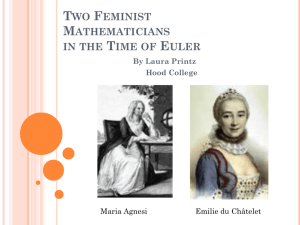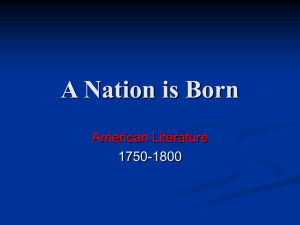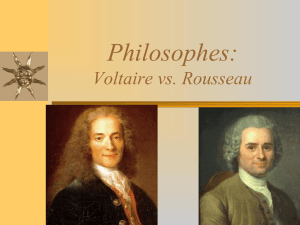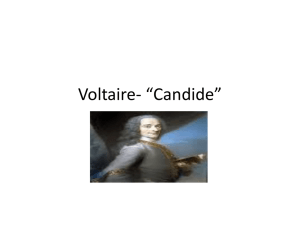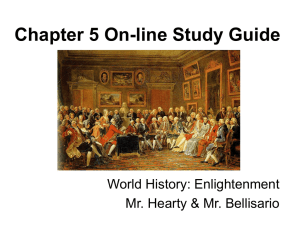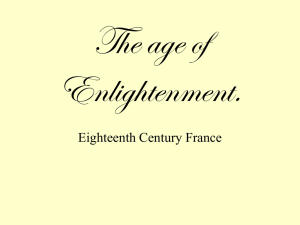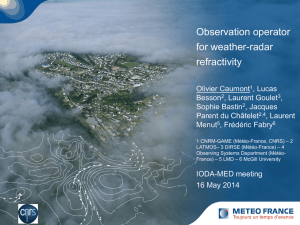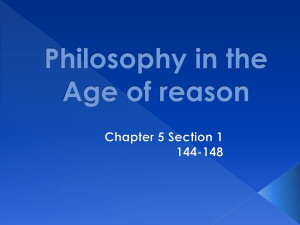Emilie du Chatelet
advertisement
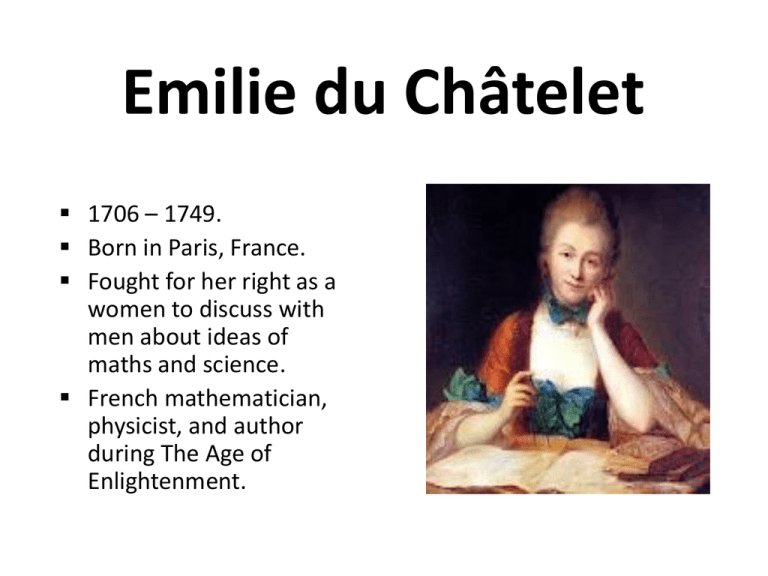
Emilie du Châtelet 1706 – 1749. Born in Paris, France. Fought for her right as a women to discuss with men about ideas of maths and science. French mathematician, physicist, and author during The Age of Enlightenment. Early Education On behalf of King Louis XIV her father held weekly salons where well-respected writers and scientists were invited to share their ideas. Her father used his acquaintances and arranged for tutors to come to the house where Du Châtelet received education in mathematics, literature, and science. By the age of 12 she was fluent in Latin, Italian, German and Greek. Later publishing translations into French of Greek and Latin plays and philosophy. When short of money for books, she used her mathematical skills to devise highly successful strategies for gambling. There is speculation that Du Châtelet’s mother was horrified by her academic progress and wanted to send her to a convent, whilst other sources say how she encouraged Du Châtelet to strongly question stated fact. Personal Life At the age of 18, Du Châtelet had an arranged marriage to a wealthy soldier who was away most of the time allowing her to study. They had three children together. Sadly the youngest died as a toddler. Later in life Du Châtelet mothered a daughter with a different man. She died a week later at the age of 42. Further Education In 1733, aged 26, Du Châtelet continued with her mathematical studies. Initially tutored in algebra and calculus by Moreau de Maupertuis, a member of the Academy of Sciences. However, by 1935, she received her mathematical training by Alexis Clairaut. One day in 1733, Du Châtelet dressed as a man to be allowed to take part in the weekly discussion for scientists and mathematicians. Relationship with Voltaire Friendship began in May 1733. Du Châtelet invited Voltaire to live in her country house at Cirey-surBlaise where they became longterm companions. Together they established a rigorous regime of study to advance science as much as they could and amassed over 21,000 books. Du Châtelet tested Newton’s theories with wooden balls swinging from the rafters in the great hall. Voltaire and Du Châtelet produced an introductory and hugely successful book on Newtonian philosophy. The frontispiece portrays Du Châtelet hovering above Voltaire’s head, reflecting Newton’s divine wisdom down on to Voltaire’s hand. In Voltaire’s words, “She dictated and I wrote”. Achievements in Scientific Research Heat and Light In 1937, Du Châtelet published a paper detailing her research into the science of fire. This paper predicted what is today known as infrared radiation and the nature of light. Institutions de Physique (Lesson’s in Physics) This was a book that Du Châtelet wrote for her 13 year old son. It was to act as a review of new ideas in science and philosophy but instead it incorporated and sought to resolve complex ideas from leading thinkers at the time of writing. Kinetic Energy Ideas Du Châtelet combined the theories of Leibniz and practical observations of Gravesande to show that the energy of a moving object is proportional not to its velocity, which had been previously believed by Newton, but to the square of its velocity. E α V (energy of moving object is proportional to velocity) E α V2 (energy of moving object is proportional to velocity squared) Newton’s Principia In 1749, Du Châtelet completed her most outstanding achievement. Her translation into French, with commentary, of Newton’s ‘Principia Mathematica’. This was published ten years after her death in 1759 and is still to this day the standard translation of the work into French.
